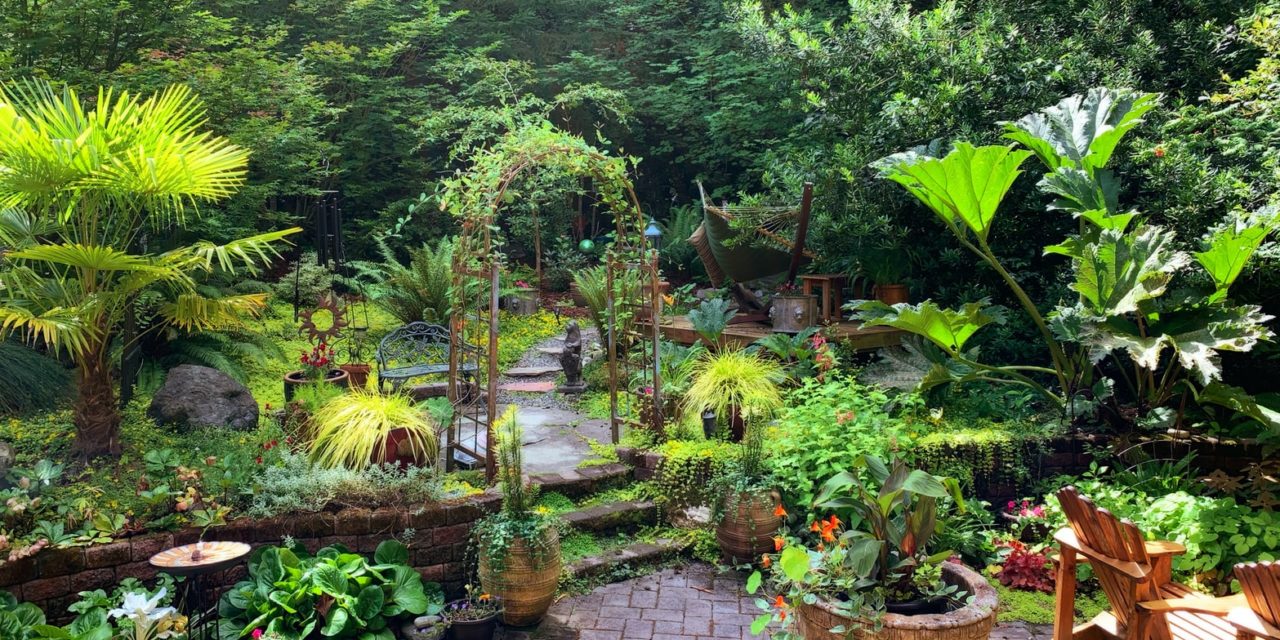[ad_1]
Three Types of Outdoor Lighting
The three commonly used types of outdoor lighting are mains powered, low voltage, and solar. In some industrial applications, e.g. building sites, a voltage between mains and 12V is used. In the UK, where the normal mains is 240V, this is commonly 110V. The reasons for this are mainly that it is less dangerous in risky areas, while still giving reasonably strong lighting. There is also the advantage that theft of bulbs and other equipment is deterred, since they do not work properly off normal mains.
Mains Powered Outdoor Lighting
This gives the brightest light, and is almost always used for security lighting, or where bright light is needed outside. However, because mains cable is needed to power the lights, it must be well protected. If the light is wall mounted and the cable comes straight out of the wall this is no problem. If the cable is to be buried underground, armoured cable must be used, as a spade could easily go through ordinary mains cable. (Armoured cable is three or four core cable, with good insulation, and covered with strong steel strands wrapped around. Because the protection is stranded, it can be cut with normal cable cutters. Three core cable – live, neutral and earth – is used in most domestic installations, four core is used when a three phase supply is in use.) All light fittings must be suitable for outdour use, i.e. protected against water, and earthed, unless made all of plastic or rubber.
Domestic mains powered light fittings can vary from 40 watts up to at least 1000 watts floodlamps. The latter are only used if a very large area is needed to be lit up like daylight. Most gardens will be amply illuminated by a maximum of 500 watts for security and 40 to 100 watts for lighting up a small area such as a doorway. Low energy bulbs can be used in many outdoor lights, and are certainly advisable if the light is to be left on for any length of time. Specialist low energy bulbs, such as the yellow sodium lamps, used in much street lighting, usually require light fittings specially designed to take them. Photocells can be used to automatically switch lights on and off at dusk and dawn, and some light fittings come with these built in. Similarly PIR detectors switch lights on when someone approaches, and these are often built in to security lights. Photocells and PIR detectors are also available as separate, stand alone units, which can be connected to one or more light fittings.
Low Voltage Garden Lighting
This type of lighting gives less bright light than mains, but it is often still good enough to light up a path, bedding area, or even useful practical light if there are enough lights and they are near enough to where the light is wanted. The main advantage is they all work off a mains transformer, which plugs into a mains socket, but drops the voltage to (usually) 12V. This will still cause the lights to fail if someone puts a spade through the cable, for example, but the person will not be electrocuted. 12V is quite safe, so no special protection is needed for the cable.
Solar Powered Garden Lighting
Solar lights are the dimmest outside lights, but the LED bulbs are getting brighter all the time. They are usually used for effects in gardens, or to light the edges of a path. They are no use for practical lighting. Their big advantage is that no wiring is necessary. They work off power from the sun, and just need to be stuck in the ground (most come with a spike for doing this).
These work by light operating a solar panel during the day, to charge up a rechargeable battery. A photocell switches on an LED light bulb during darkness and this is powered from the charged up battery. During summer the light will generally last all night, but in winter it may not last more than a few hours. The light depends on the battery quality and capacity. If a solar light fails, goes dim or does not last very long, it usually means the rechargeable battery needs replacing.
[ad_2]
Source by Barrie Newton


